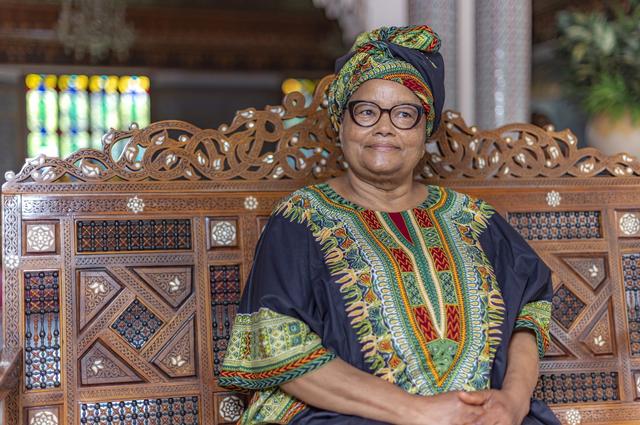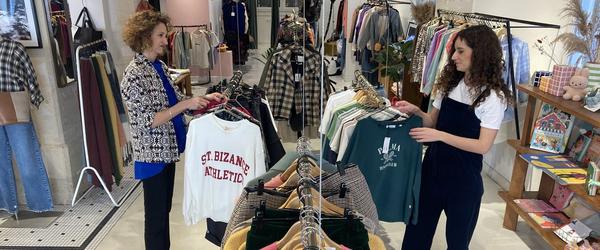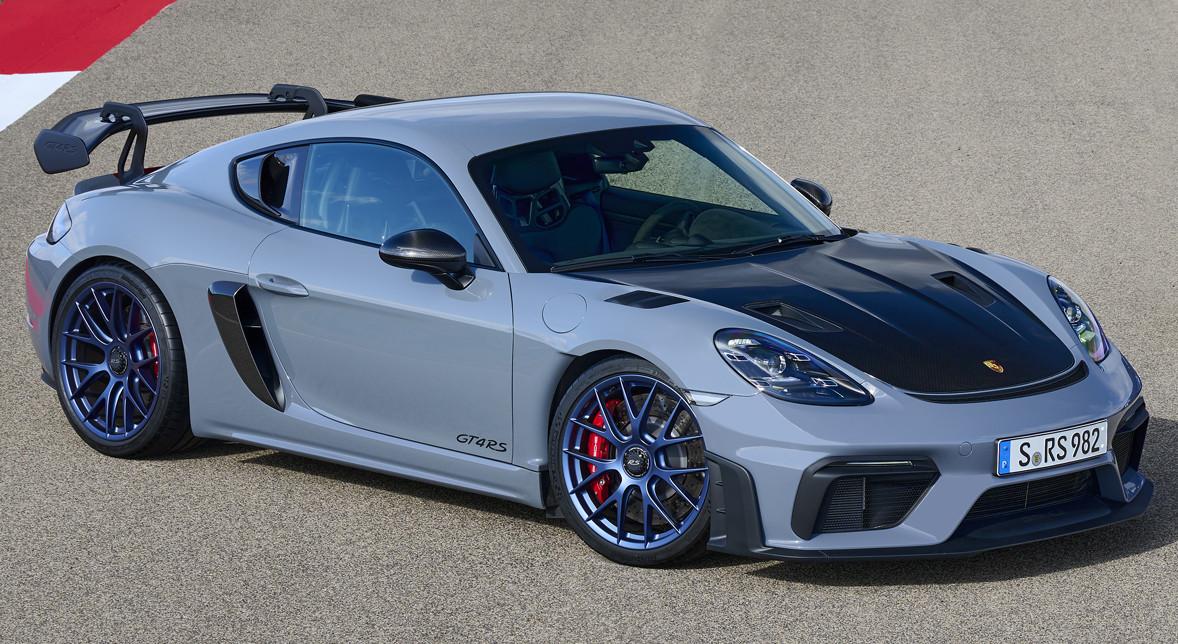Digitalization of luxury, when modernization goes hand in hand with demystification
Despite the pandemic, pulled by online sales, luxury giants display record results.However, for a long time the sector refused to invest in online trade, deemed low -end.While the basis of the identity of luxury is based on the difficulty of access and the scarcity of its products, did digital make it lose its soul?
Luxury and digital a difficult wedding
As evidenced by Alexandre de Sainte Marie, who has exercised marketing responsibilities at L’Oréal, Henkel and Hermès, in his luxury and mark book, the sector has long considered digital as cheap.However, today all have their online store and offer many digital innovations in their concept store.A strategy that turns out to be paying, since at the beginning of the second quarter of 2021, the luxury giants displayed results increasing with regard to the same period in 2020.Hermès even signed the best annual performance of the CAC 40 in 2020 with an increase in its shares of 32 %.
Luxury is reinvented with digital
The image of luxury is linked to dreams and enchantment, a promise that can be lost quickly in the web.But the time changes and luxury must follow.Hyperconnection changes consumer behavior, and luxury those are no exception.Customers buy in real and virtual worlds.The purchasing experience therefore becomes phygital and digital.Condemned to offer a flawless customer experience, up to the requirements of its customers, luxury had to innovate, to transform itself while trying to preserve the essential: "We must combine heritage and innovation, respect the long time of traditionWhile folding in the instantaneous dictatorship, ”explains Alexandre de Sainte Marie.
Create a premium customer experience
Personalization has become the new leitmotif.“Personalization not only makes it possible to create buzz around the brand, but also to multiply contacts with millennials.This is also what the market claims.Consumers want unique products, ”explains Giorgia Longoni, Marketing and E-Commerce Monde-Ray-Ban director.Boutiques have thus become “phygital blinds” which offer innovative and sensory experiences against the background of chips integrated into clothing or personalized filters.On the web side, there are 360 ° and HD presentations, invitations to make your own clothes or even augmented reality fittings like Dior during its "Makeup Holiday 2020".Digital invites itself to the products, evidenced by the connected sac of Louis Vuitton presented in Vivatech in 2019.Advisers have become digital communication relays that manage their client portfolio such as an influencer manages his community.
New customers, new territories

Millennials and generation Z are responsible for almost 85 % of the growth in the sector and should represent in 2025 45 % of customers.To seduce them, luxury giants have gone to conquer Snapchat, YouTube, Instagram or Tiktok.Influencers have taken the place of traditional models and advertising campaigns are replaced by partnerships - like Gucci and its augmented reality filters on Snapchat.
Exit the old rules which cultivated the rarity of speech and places in transparency and communication.Generation Z is engaged and plebiscite the brands that place CSR at the heart of their project.
If historically luxury brands used to create partnerships with sectors such as the automobile, the health crisis has accelerated many trends.Thus, collaborations with new industries, like that of video games, multiply, like the collaborations between Dior, Balenciaga, Fendi or Valentino which presented their collections in the animal crossing or Longchamp game which launched inOctober 2020 A collection with Pokémon.
New uses, new expectations
If the young generation demonstrates real appetite for luxury, it is not ready to pay crazy sums.For 70 % of young French people, British and American, luxury has become too expensive and its pricing policy must be revised downward (source Ifop 2019).The Z generation does not want to have but have access."From now on, we are more attracted to access to a good than by its acquisition.Just see what's going on in the music or video sector.Cultural goods that we used to buy and accumulate are now available on demand on Spotify and Netflix.It is in this new economy that brands must now evolve […] In this ego era, we want to appropriate fashion products immediately and not in a year.The status stems from the way in which we are perceived and the question of whether our possessions have been the subject of a lease or a purchase is almost insignificant."Dixit Rebecca Robins, Global Director at Interbrand and co-author of the work Meta-Luxury.To meet these new expectations, luxury players had to invest new markets, such as rental and second hand for example.
Be careful not to fall into standardization
Luxury could not escape the need to renew itself and communicate otherwise.If the sector has taken time to invest digital, we see that innovative strategies implemented and differentiated appropriation allowed it to transform.But at what cost ?To access a diverse clientele, this sector long considered inaccessible, has been obliged to give up some of its essential values.From now on, in the midst of fashion journalists and artists, influencers proudly sneak in the first row of fashion week parades and ordinary people can rent a Saint-Laurent dress for an evening.Would luxury brands be in front of a new size challenge?That of not sinking into standardization.








